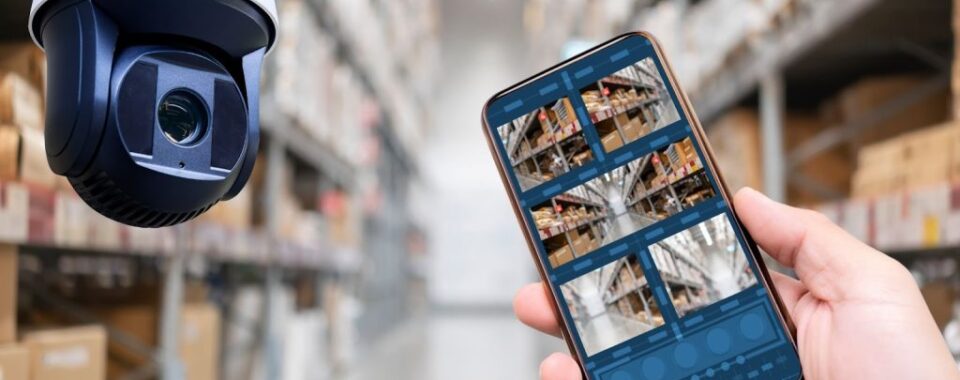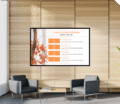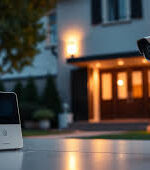
In today’s fast-paced, connected world, keeping an eye on your property—whether it’s your home, business, or construction site—has never been easier. Thanks to advancements in surveillance technology and cloud-based systems, remote monitoring allows you to view real-time footage from anywhere, giving you peace of mind and total control.
1. Invest in High-Quality IP Cameras
The first step in enabling remote monitoring is installing IP (Internet Protocol) cameras. Unlike older analog systems, IP cameras connect to your network and transmit video data directly to cloud storage or local network video recorders (NVRs). These cameras often support HD or even 4K resolution, night vision, and motion detection alerts.
KANCAM recommends using cameras that support ONVIF standards, ensuring they are compatible with most modern monitoring platforms and apps.
2. Use a Cloud-Connected NVR or Hybrid System
If you’re upgrading from an existing CCTV setup, you can opt for a hybrid NVR that allows both analog and IP cameras. These systems often include remote access functionality through apps or desktop clients. A modern NVR with cloud integration ensures all footage is accessible from any device.
3. Choose a Secure and User-Friendly Mobile App
Most security camera brands offer mobile apps that allow live viewing, playback, and alerts. Look for features like:
-
Push notifications for motion detection
-
Multi-camera views
-
Two-way audio
-
Video playback and zoom
-
Cloud backup options
Apps from brands like Hikvision, Dahua, Reolink, or Uniview are reliable, but you can also integrate with third-party services like Blue Iris or Synology Surveillance Station for advanced control.
4. Set Up Real-Time Alerts and Smart Detection
Modern systems include AI-powered smart detection to recognize people, vehicles, or even license plates. These triggers can send instant alerts to your phone or email. Some systems also support two-way audio, letting you communicate with visitors or deter intruders in real-time.
5. Ensure Network Security and Stable Internet
Remote viewing relies on a solid internet connection. For uninterrupted access, ensure your cameras and NVR are connected to a stable, high-speed network. Set strong passwords, enable two-factor authentication, and use encrypted connections to protect your system from unauthorized access.
6. Access Anywhere—Even During Power Outages
To keep your surveillance running 24/7, consider battery backups (UPS) and solar-powered systems for off-grid locations. You can also use SIM-enabled mobile networks for remote areas without traditional internet access.
Conclusion
Being able to monitor your property from anywhere gives you control, safety, and convenience. Whether you’re traveling, managing a business, or simply relaxing at home, remote surveillance brings the confidence of knowing your assets are protected.
At KANCAM, we offer professional installation of remote monitoring systems with tailored configurations to suit residential, commercial, and industrial needs. Let us help you set up a future-ready security solution you can trust—wherever you are.





